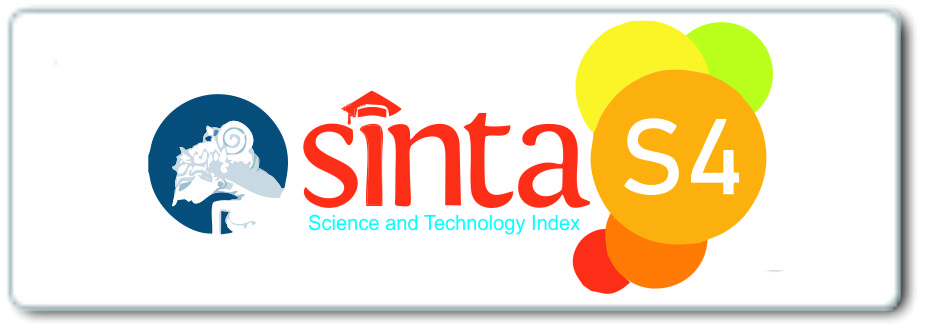Teacher’s Perceptions and Institutional Preparedness For Implementing AI in Learning Assessment at The Elementary School Level
DOI:
https://doi.org/10.24256/iqro.v8i1.6484Keywords:
artificial intelligence, learning assessment, teacher perception, elementary schoolAbstract
The digital transformation in education encourages the integration of Artificial Intelligence as a supportive tool in various instructional processes, including student assessment. This study aims to explore the perceptions of primary school teachers and the readiness of schools in implementing AI for learning assessment. A descriptive qualitative approach was employed, supported by descriptive quantitative data analysis. Data were collected from 15 elementary school teachers at Bogor Regency through questionnaires and semi-structured interviews, focusing on three key aspects: teachers’ knowledge of AI, their attitudes toward its use, and the readiness of school infrastructure. The findings indicate that the majority of teachers (73%) expressed positive attitudes toward AI implementation, with 60% demonstrating basic knowledge of AI concepts. However, only 40% reported that their schools were adequately equipped with the necessary infrastructure to support such technological integration. Further qualitative analysis reveals that while positive attitudes are a promising starting point, they must be supported by intensive training programs and clear policy frameworks to ensure the contextual and sustainable use of AI in assessment practices.
References
C Salma, A. R. (2021). Analisis kesiapan calon guru sekolah dasar dalam menghadapi era revolusi industri 4.0. Proseding Didaktis: Seminar Nasional Pendidikan Dasar, 131-139. Retrieved from https://proceedings.upi.edu/index.php/semnaspendas/article/view/2217
Davis, F. D. (1989). Technology acceptance model: TAM.
Dissanayake, C., & Dissanayake, D. M. C. (2021). Artificial intelligence-A brief overview of the discipline. Retrieved from https://www.researchgate.net/publication/368852628
Holmes, W., Bialik, M., & Fadel, C. (2019). Artificial intelligence in education: Promises and implications for teaching and learning. Retrieved from https://discovery.ucl.ac.uk/id/eprint/10139722
Lu, C., & Cutumisu, M. (2021). Integrating deep learning into an automated feedback generation system for automated essay scoring. Retrieved from https://educationaldatamining.org/edm2021/
Mardiana, H. (2020). Lecturers' adaptability to technological change and its impact on the teaching process. JPI (Jurnal Pendidikan Indonesia), 9(2), 275. doi:10.23887/jpi-undiksha.v9i2.24595
Miao, F., Holmes, W., Huang, R., & Zhang, H. (2021). AI and education: A guidance for policymakers. UNESCO Education Sector. Retrieved from https://books.google.co.id/books?hl=id&lr=&id=yyE7EAAAQBAJ
Moroianu, N., Iacob, S.-E., & Constantin, A. (2023). Artificial intelligence in education: A systematic review (pp. 906-921). doi:10.2478/9788367405546-084
Mulyasa, H. E. (2021). Implementasi kurikulum 2013 revisi: Dalam era industri 4.0. (B. Sari Fatmawati, Ed.). Bumi Aksara. Retrieved from https://books.google.co.id/books?id=Z5MlEAAAQBAJ
OECD. (2021). 21st-century readers. OECD. doi:10.1787/a83d84cb-en
Ridwan, D. R., Sani, A., & Si, M. (2022). Inovasi pembelajaran. Bumi Aksara.
Russell, S., & Norvig, P. (2016). Artificial intelligence syllabus-Spring DRAFT, 2007.
Viberg, O., & Grönlund, Å. (2018). Mobile assisted language learning: A literature review.
Yamin, M. (2022). Blended Learning Model Pembelajaran Pasca Pandemi. Jurnal Sustainable, 5(2), 285 -289. https://doi.org/10.32923/kjmp.v5i2.2762
Yim, I. H. Y., & Su, J. (2024). Artificial intelligence (AI) learning tools in K-12 education: A scoping review. Journal of Computers in Education. doi:10.1007/s40692-023-00304-9
Zawacki-Richter, O., Marín, V. I., Bond, M., & Gouverneur, F. (2019). Systematic review of research on artificial intelligence applications in higher education – where are the educators? International Journal of Educational Technology in Higher Education, 16(1). doi:10.1186/s41239-019-0171-0







 This is an open access article under the
This is an open access article under the 